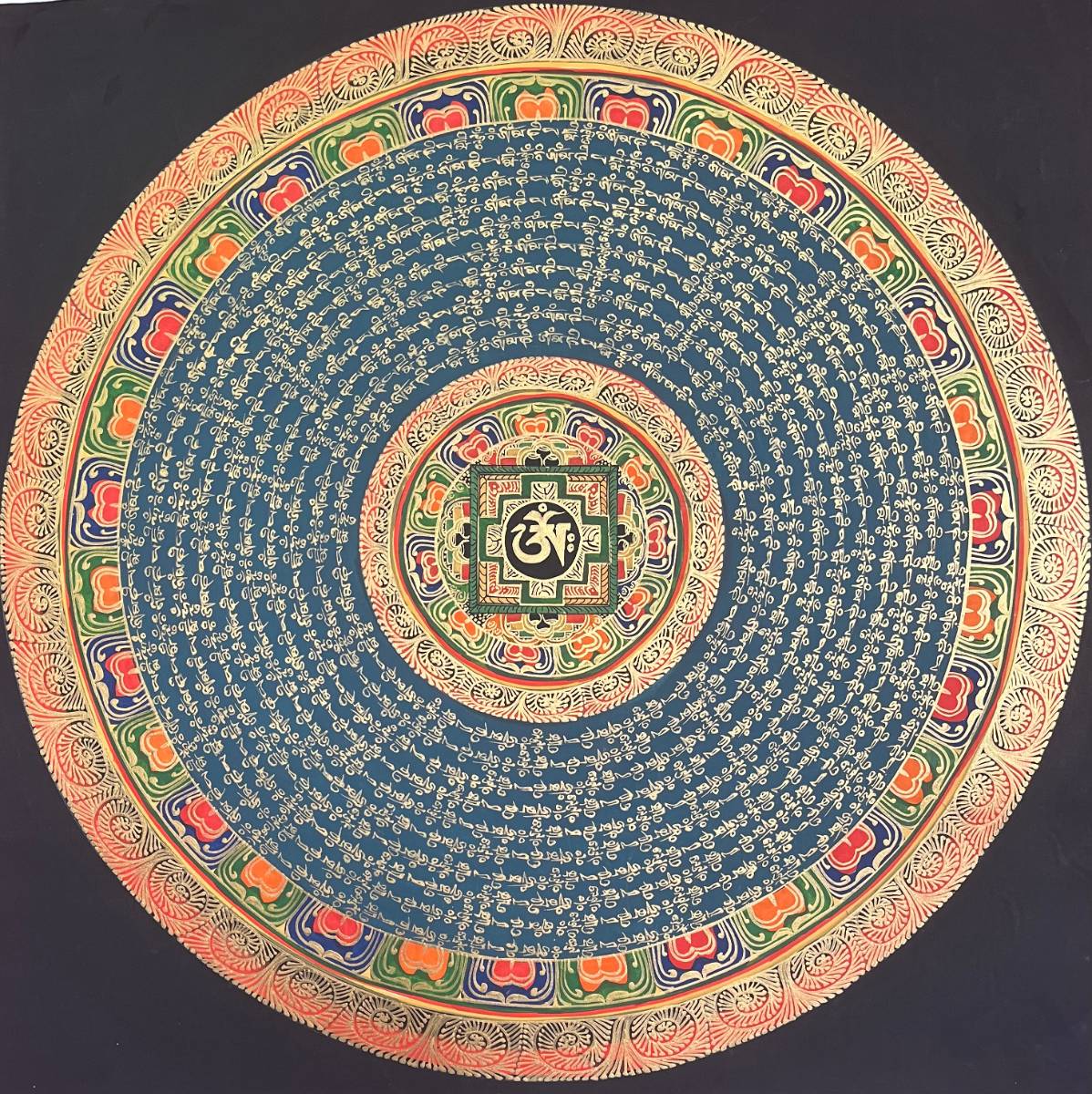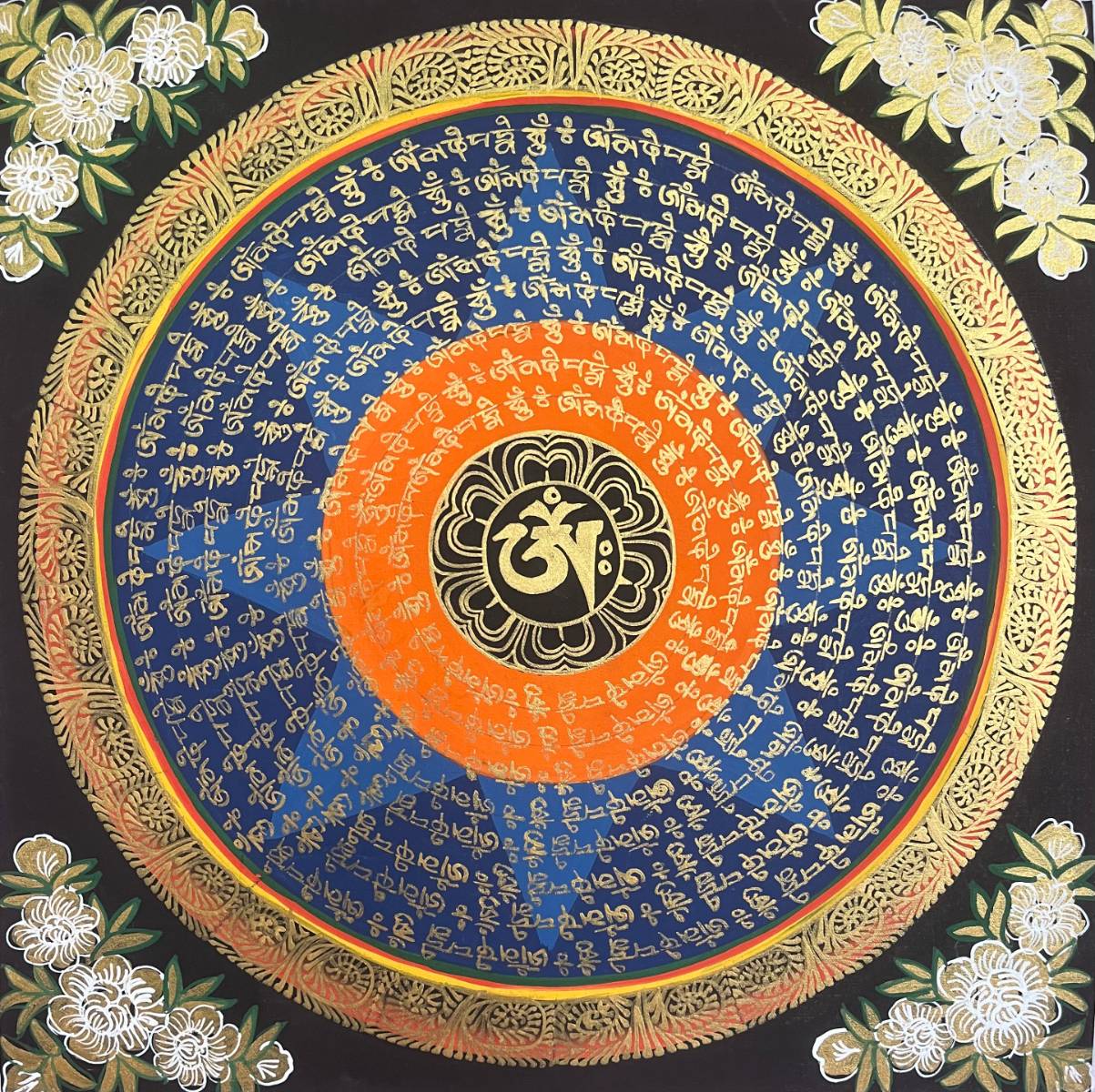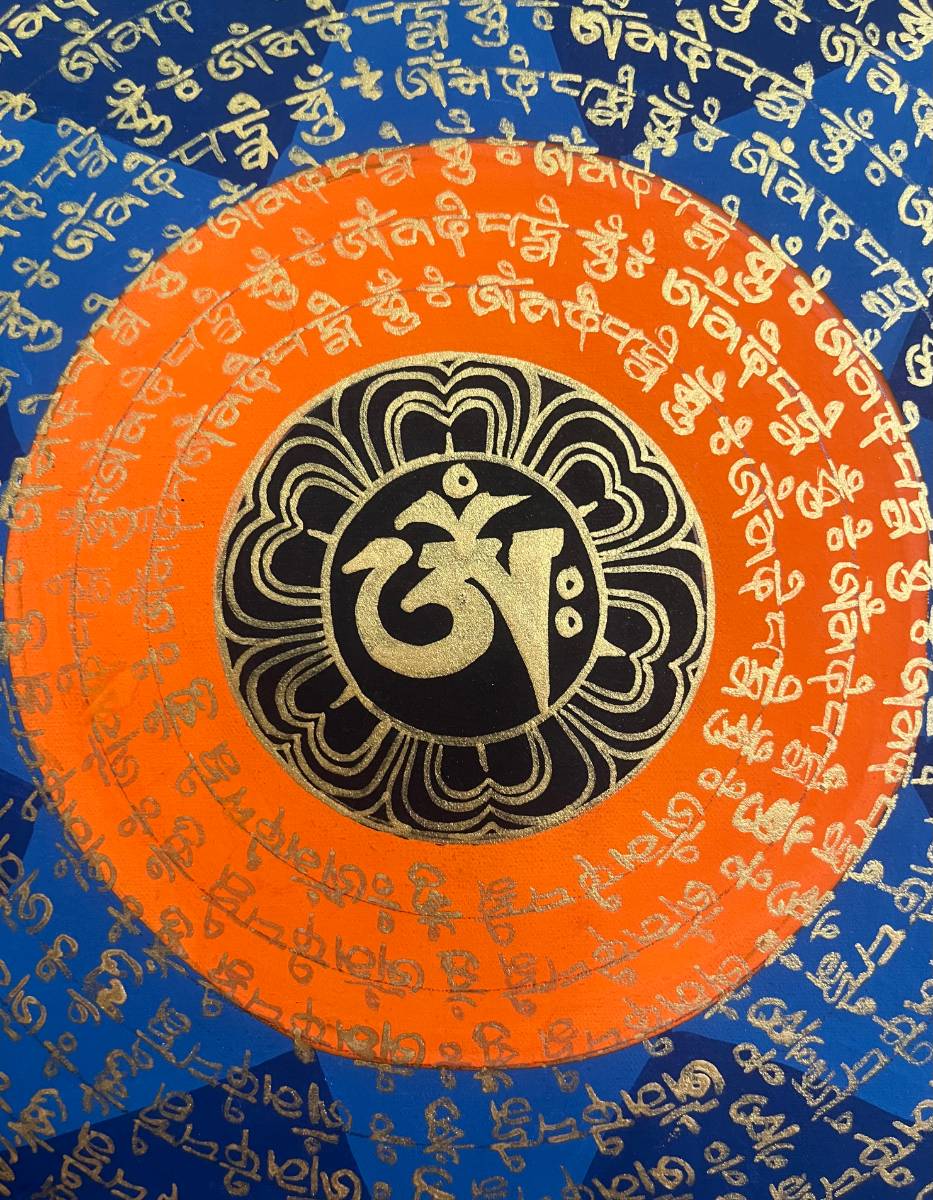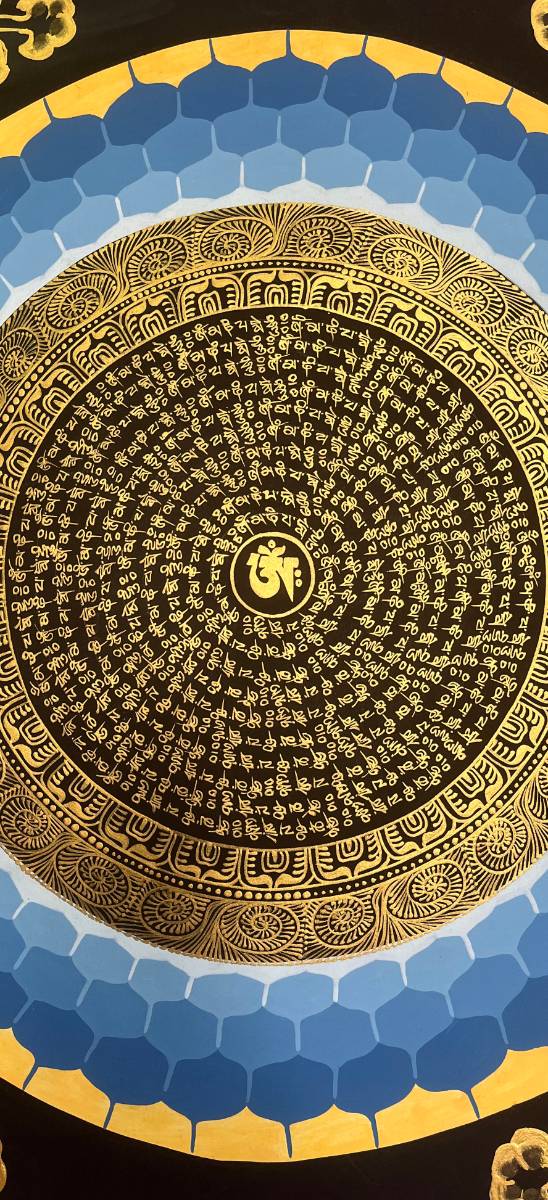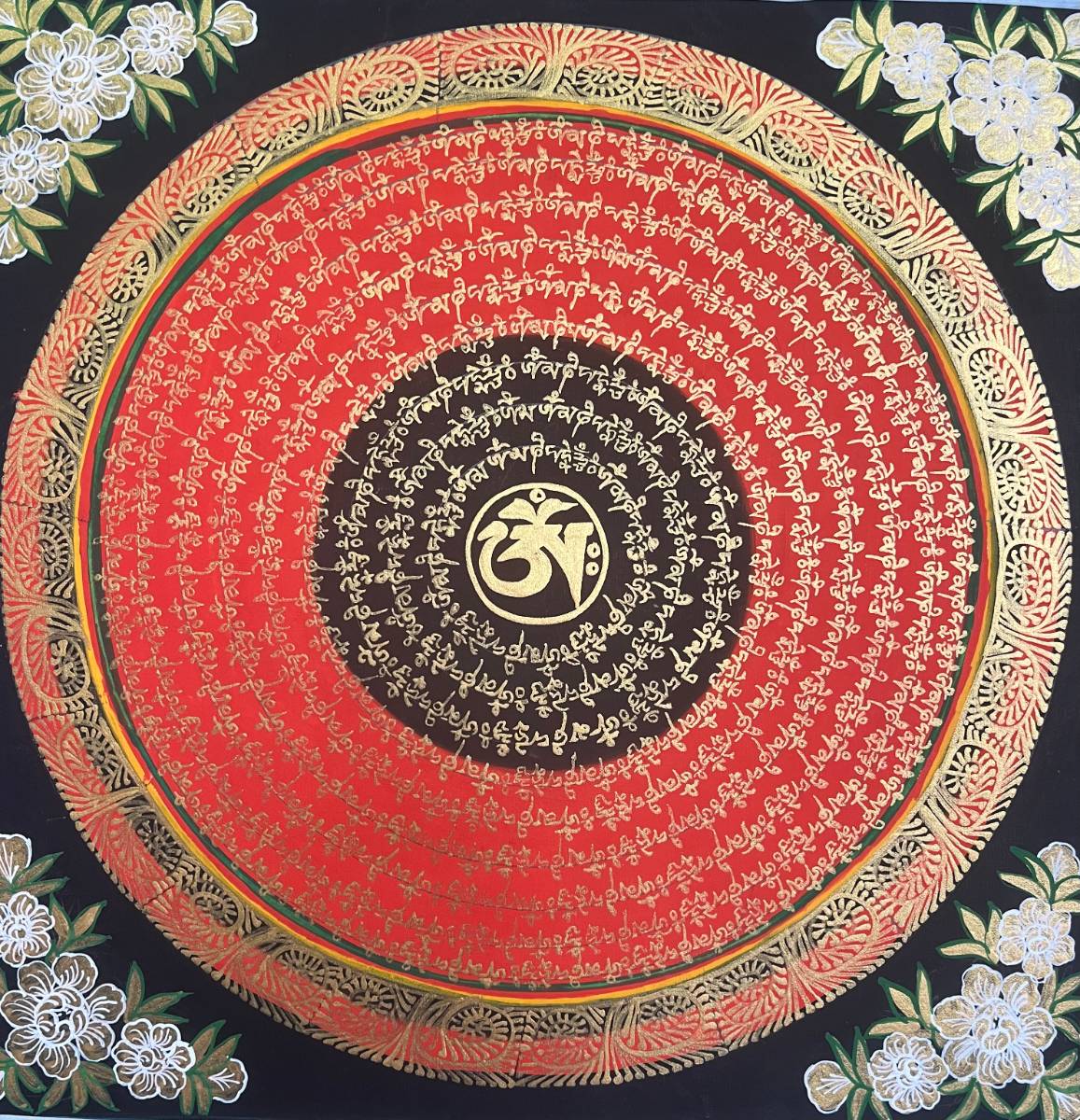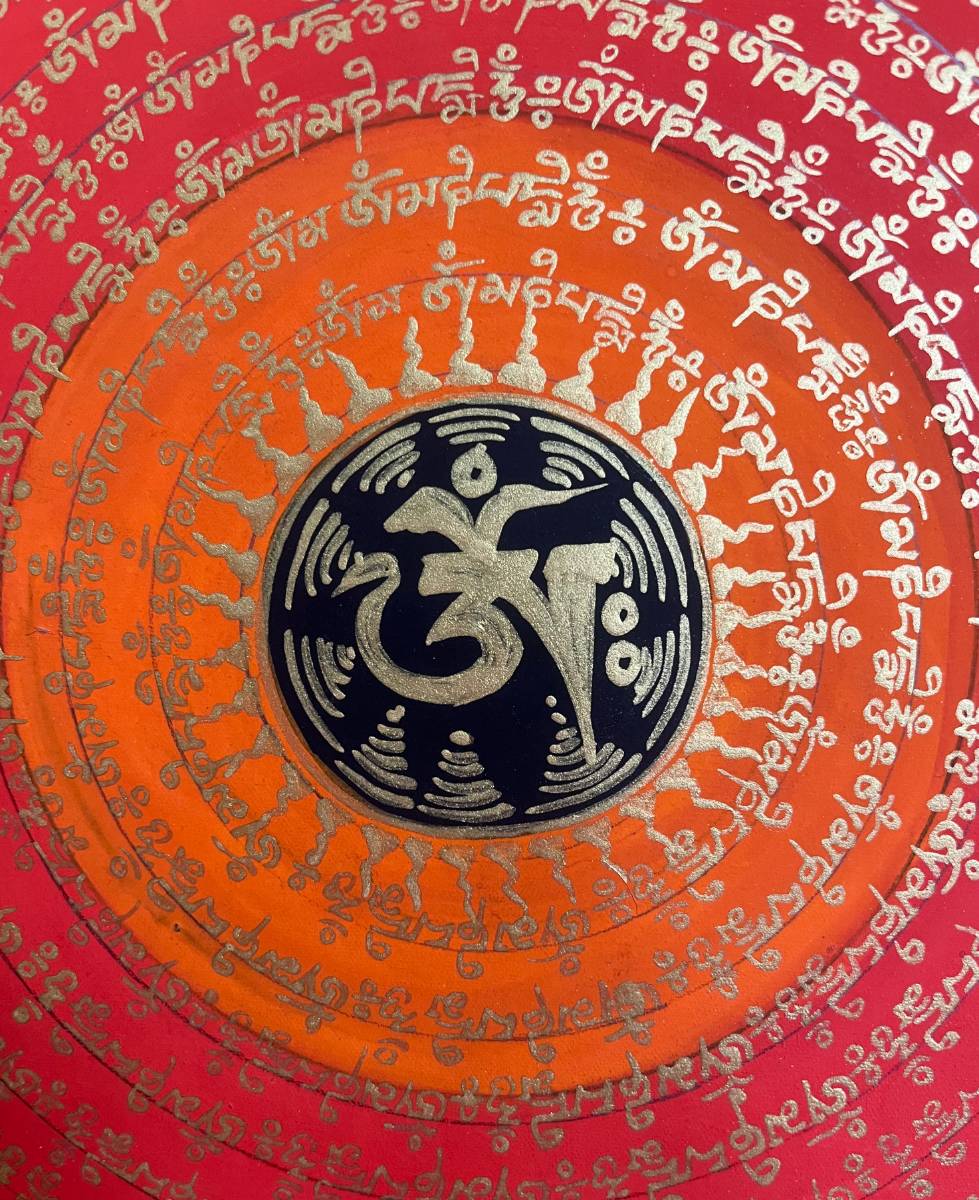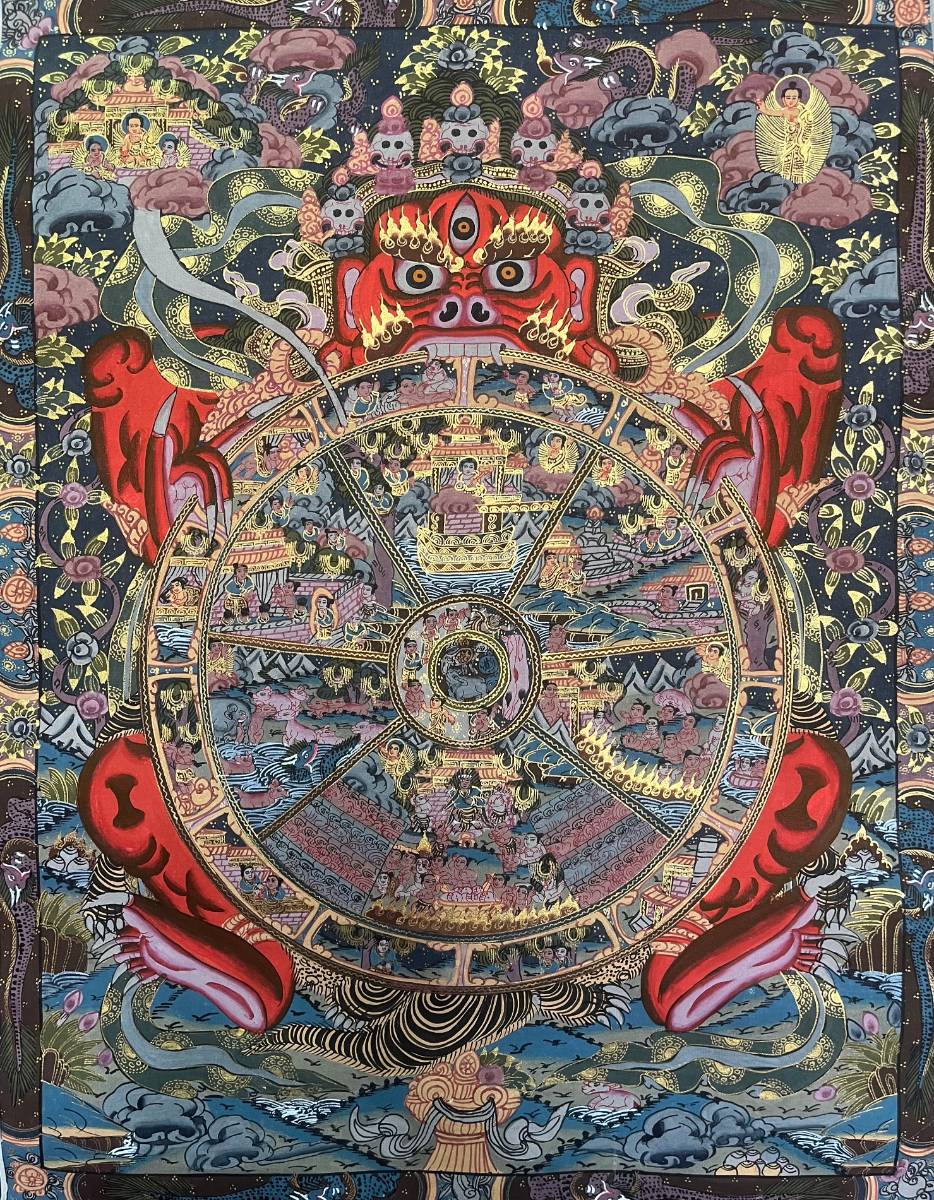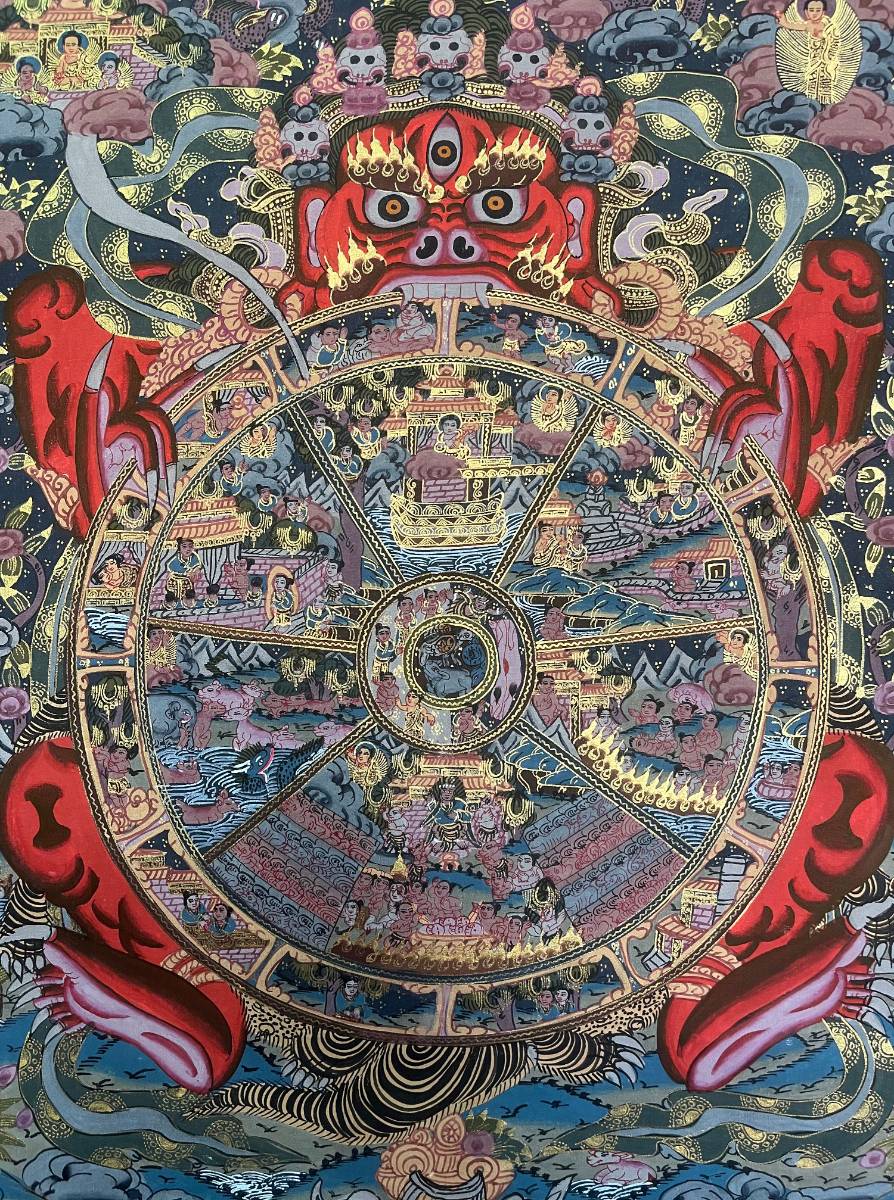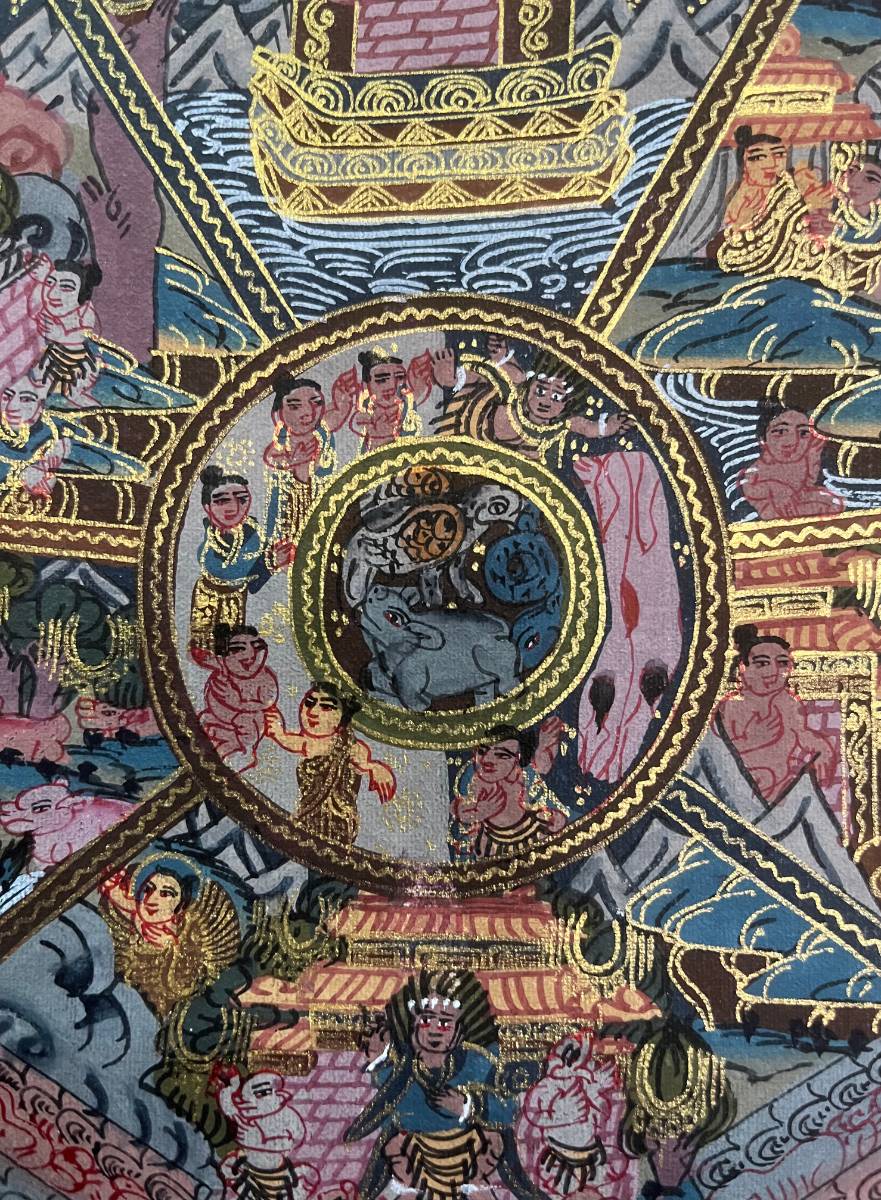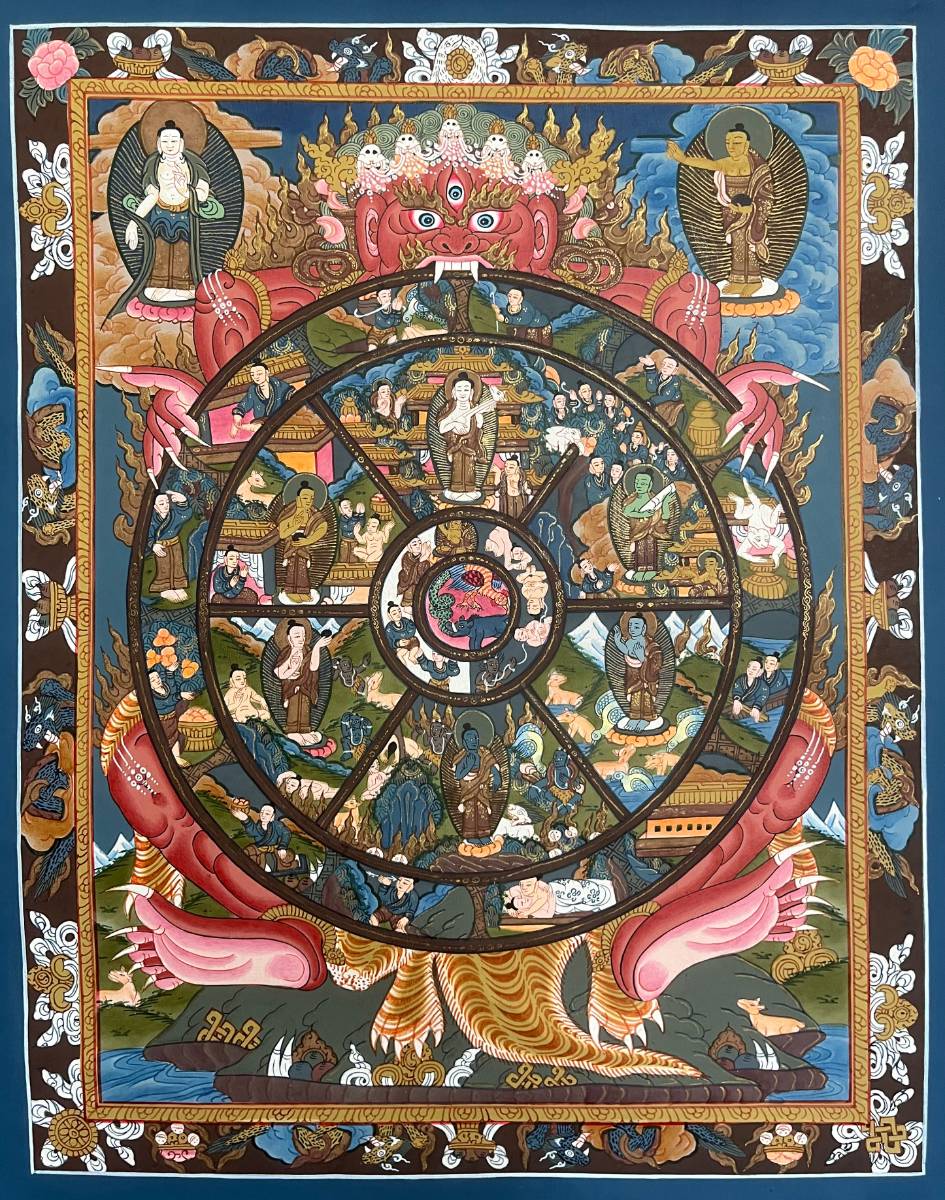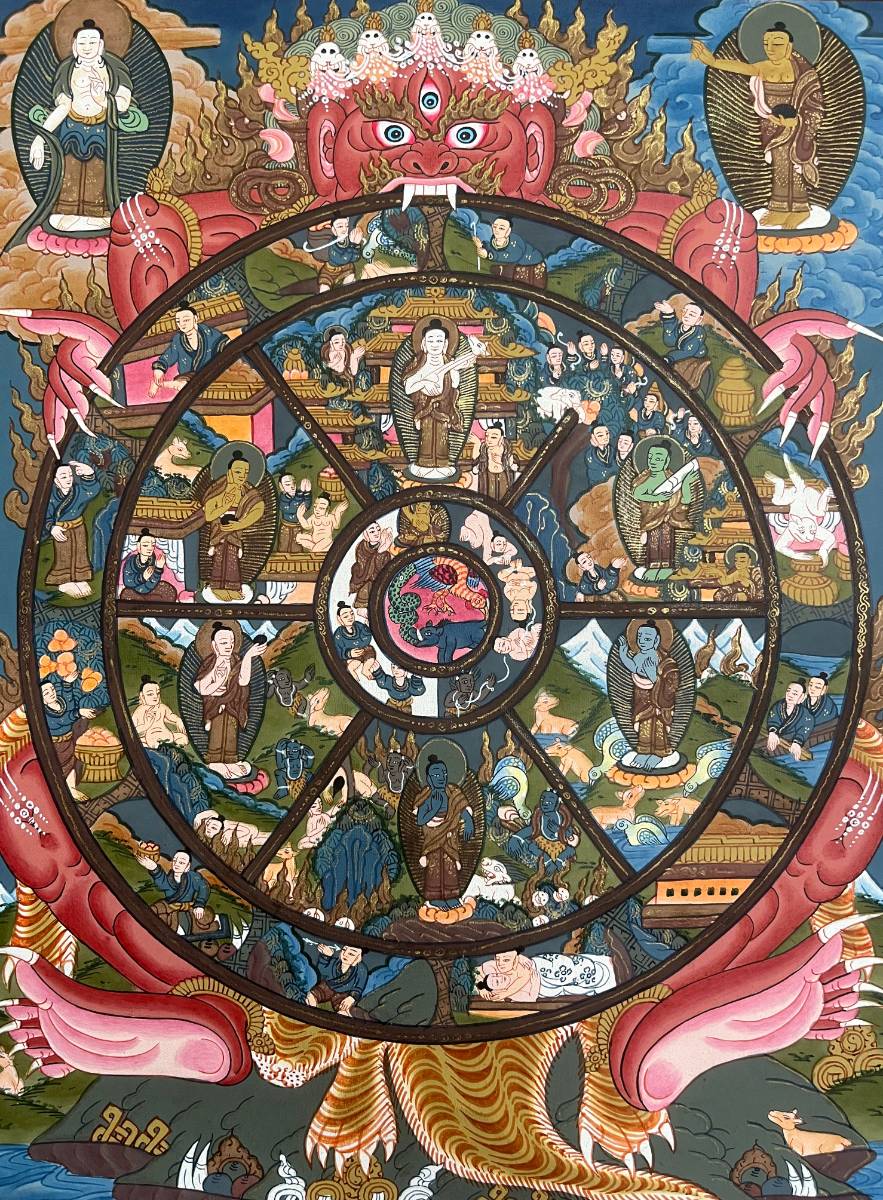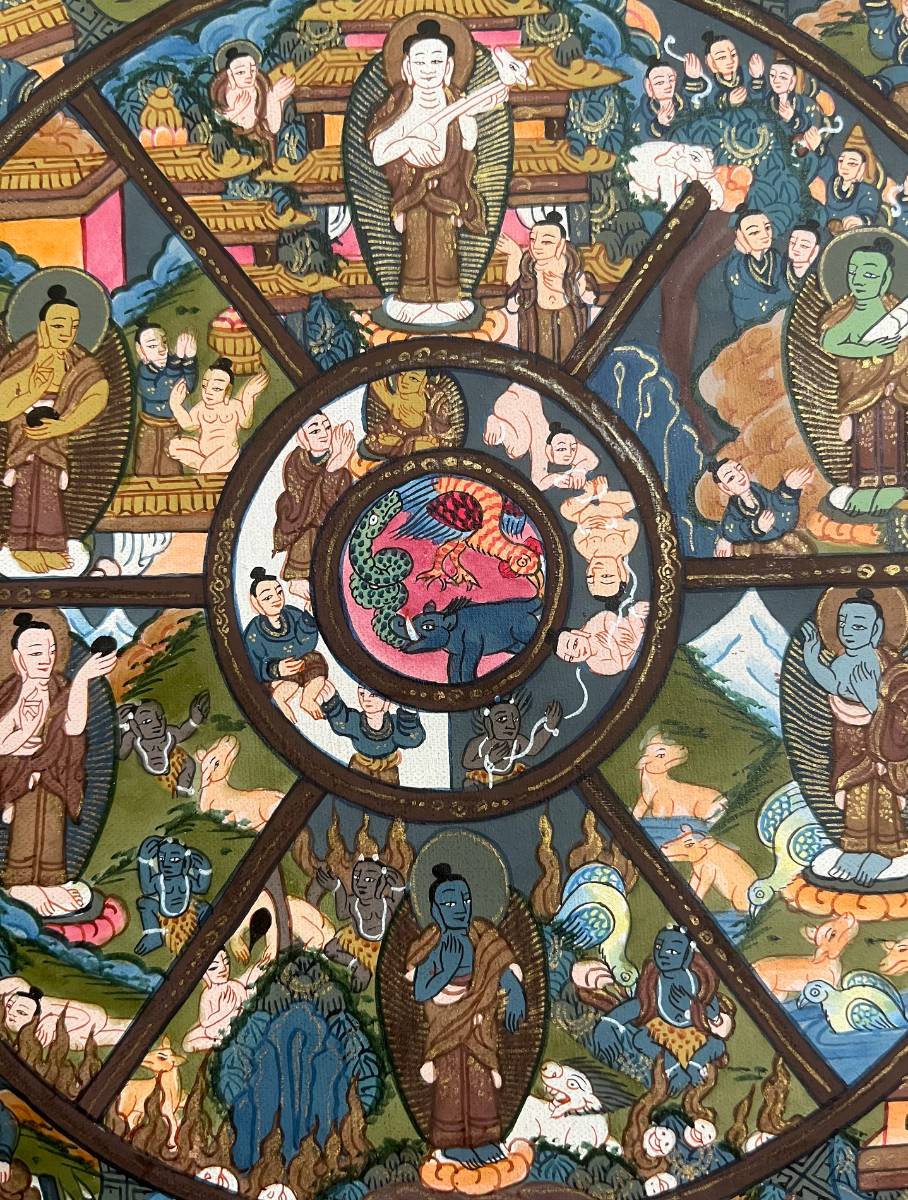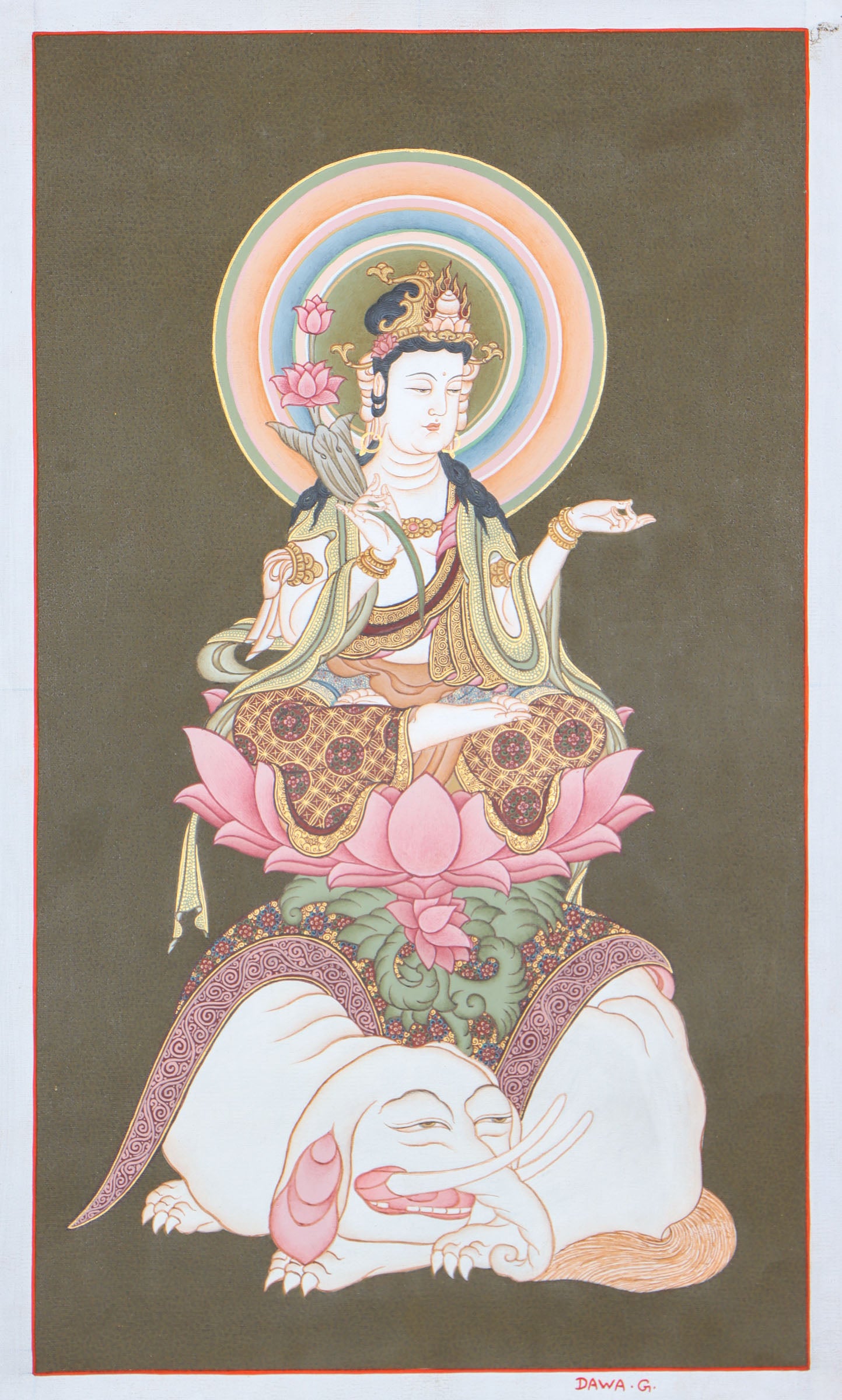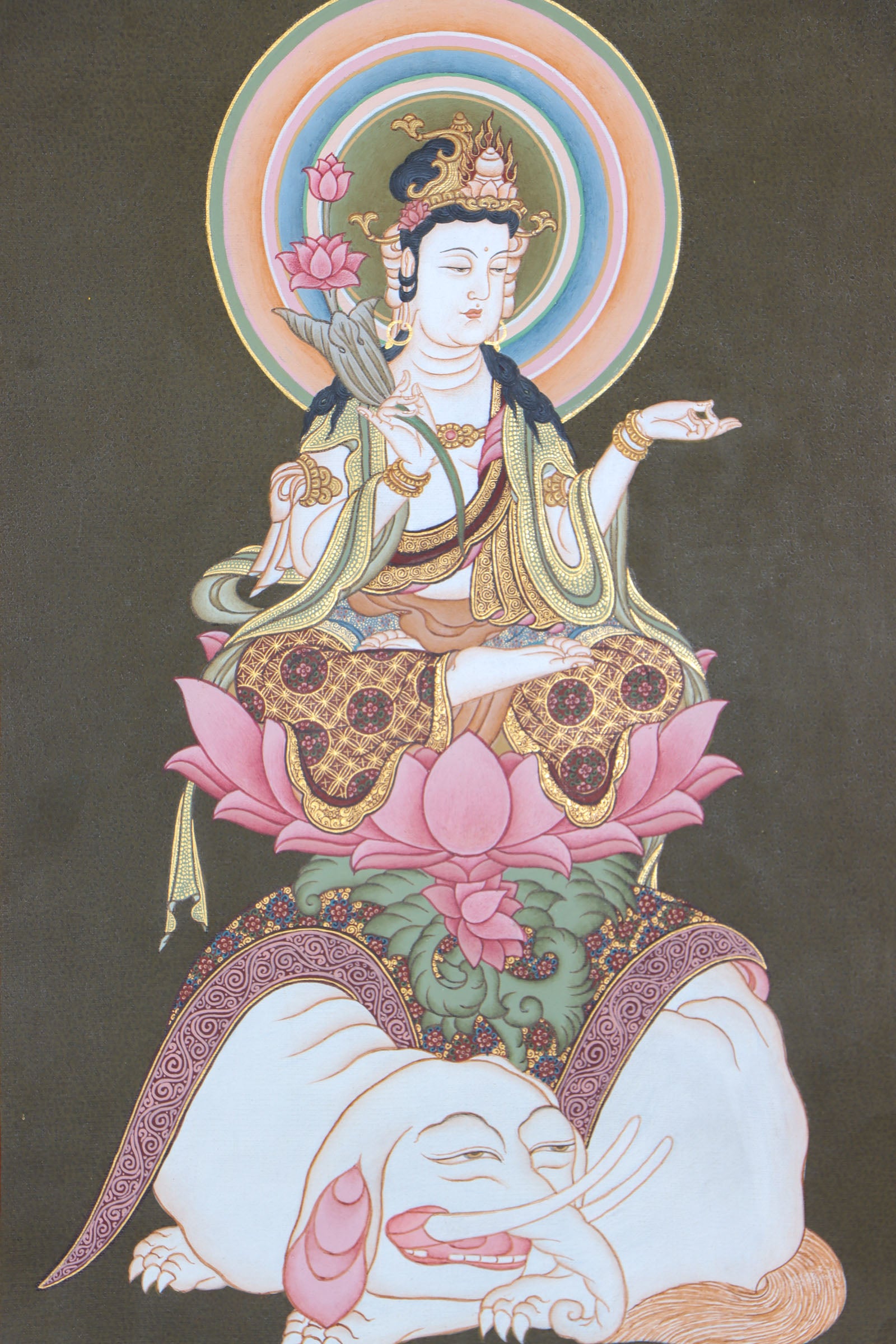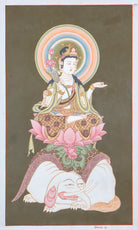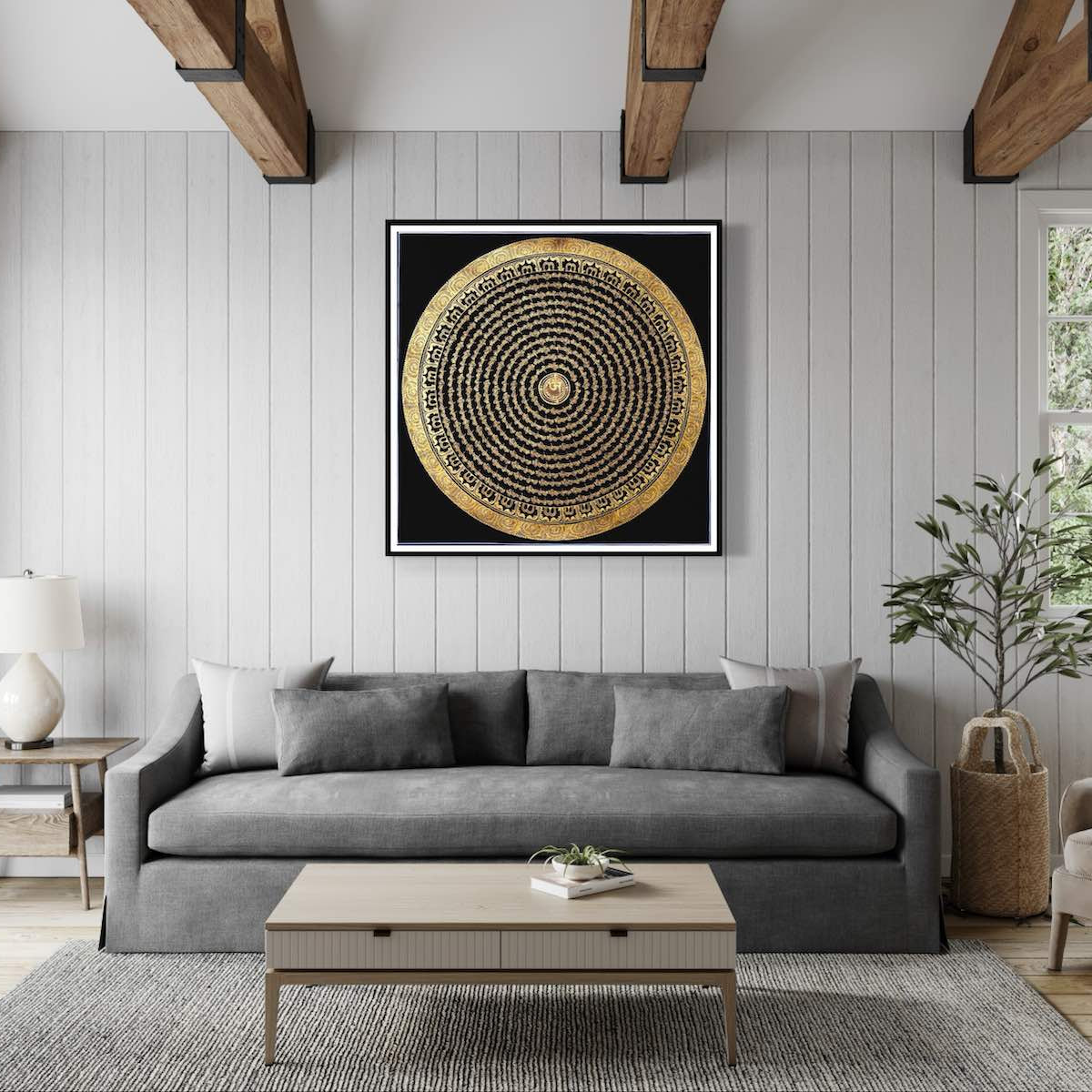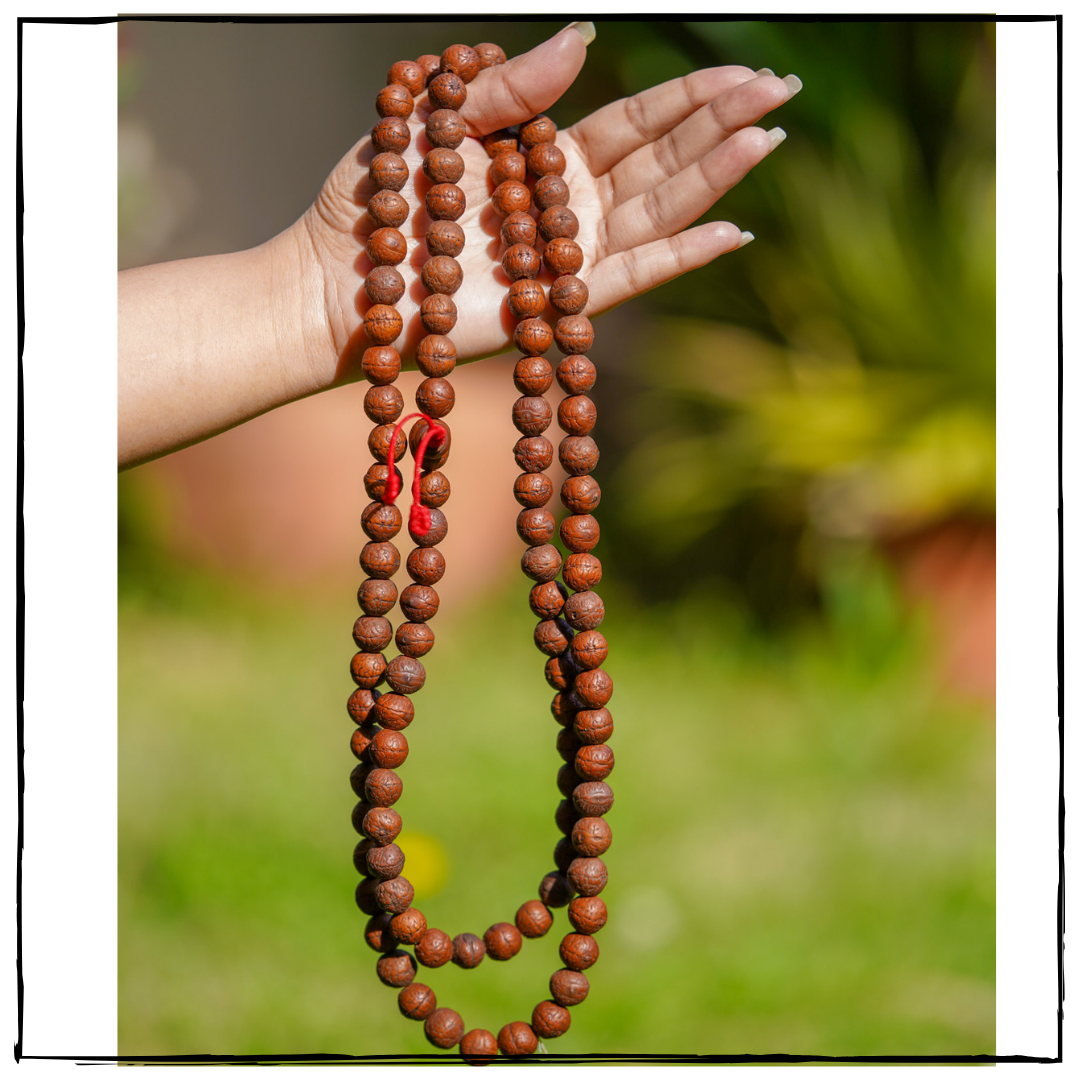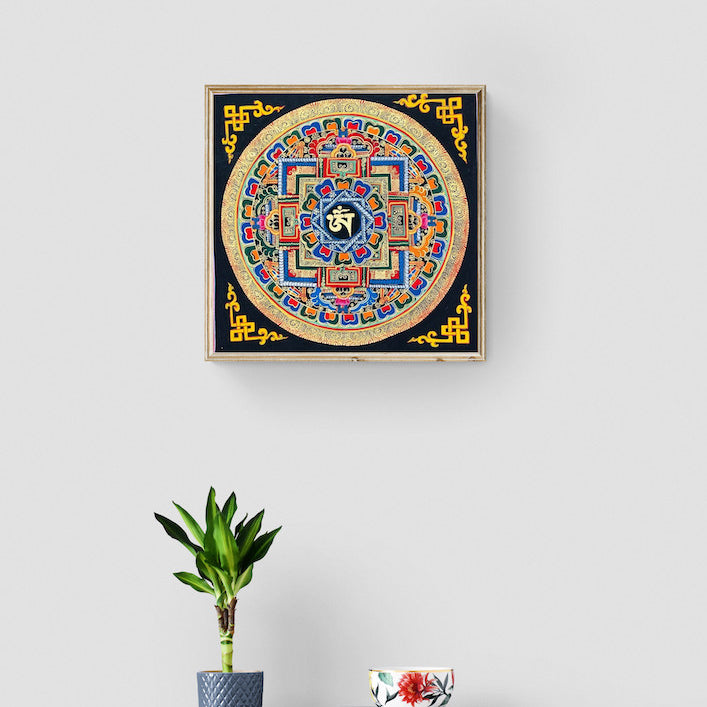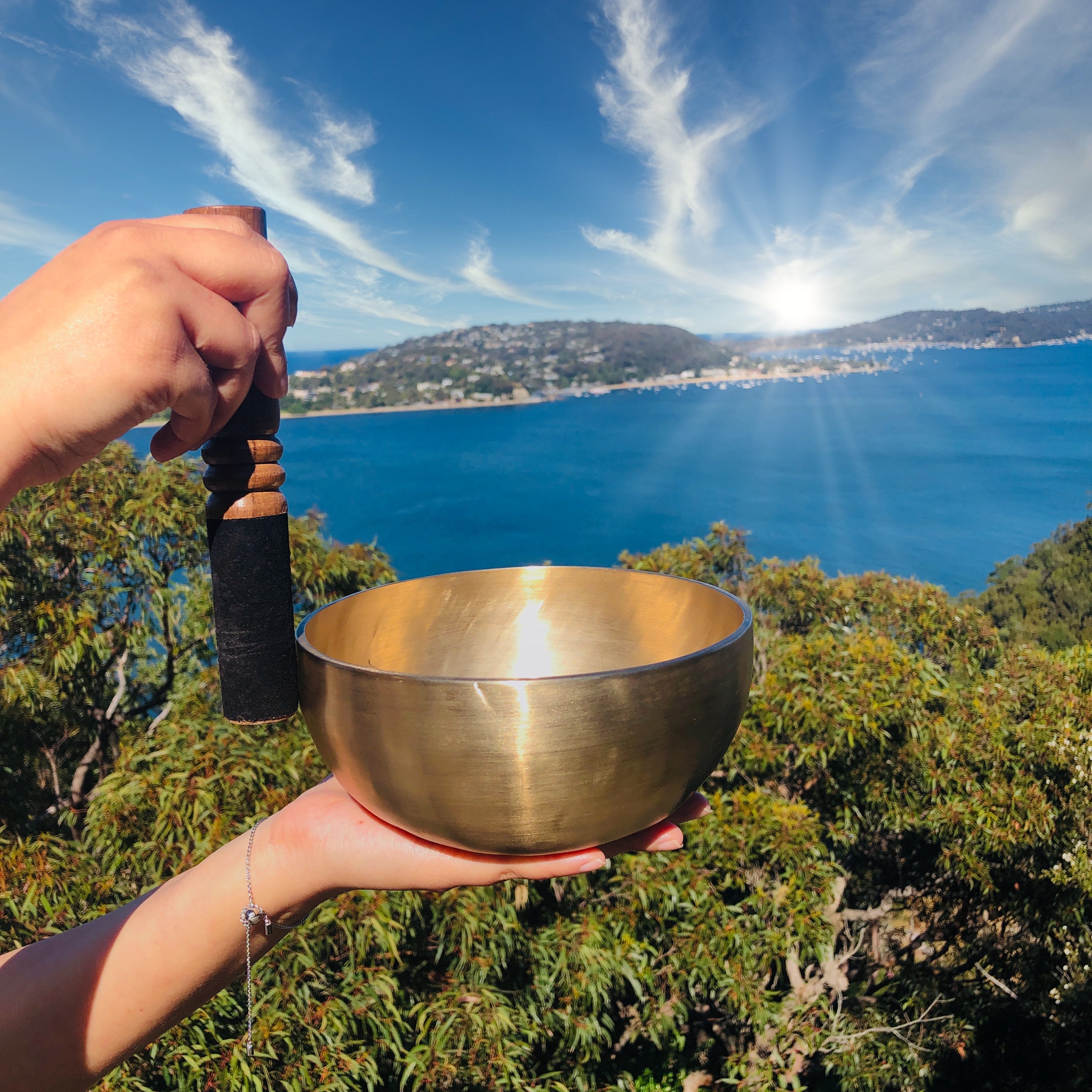Japanese Buddha Thangka
Couldn't load pickup availability
Description
Japanese Buddha Thangka is an ancient art form that has been around for centuries. Its name originates from the Tibetan language, referring to a painted or embroidered scroll featuring Buddha figures, mandalas, and other symbols. Such artwork can aid in meditation and spiritual practice, and can be seen in Tibetan and Japanese Buddhism. Intricately crafted, these pieces provide a sense of history and beauty in any collection. Boasting intricate details, these Japanese Buddha Thangkas make an aesthetically pleasing display at home. Often depicting Shakyamuni Buddha in a seated position wearing robes and a halo, these items remind one of their mission while focusing on virtues such as serenity, wisdom, and righteousness. This Thangka honors religious traditions and celebrates cultural values, while offering a meditative reminder of one's purpose.
Product Specification:
- Hand Painted
- Materials: Semi-Precious Natural Minerals
- Base: Cotton Canvas
- Origination: Nepal
Thangkas symbolize Japanese Buddhist customs and serve as ritual objects and aids for meditation. Widely venerated in temples, monasteries, and altars, they evoke Buddhist teachings and figures of enlightenment. Each Thangka's aesthetic beauty and intricate details honor the shared values and practices of the spiritual tradition, making these items a fitting addition to any home.

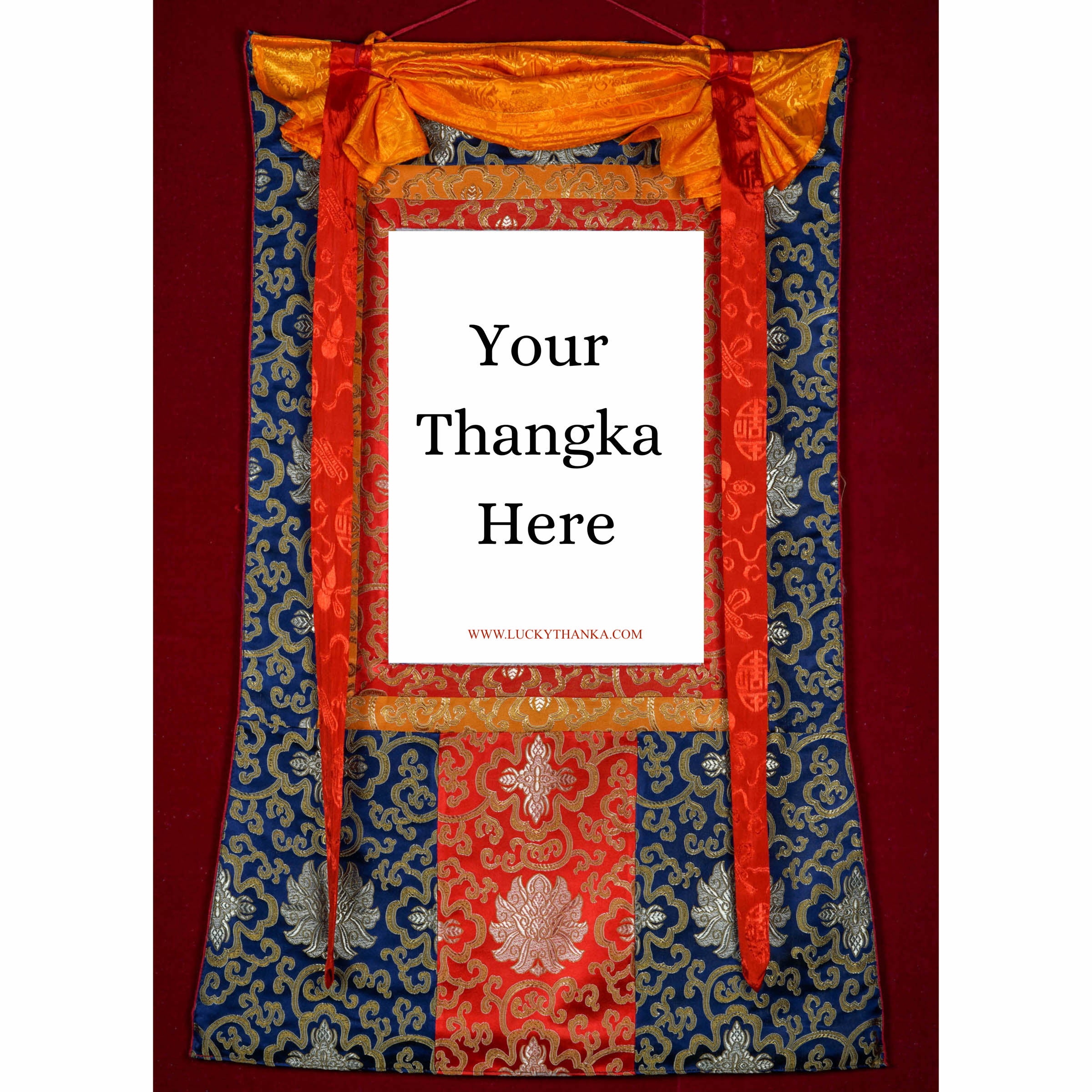
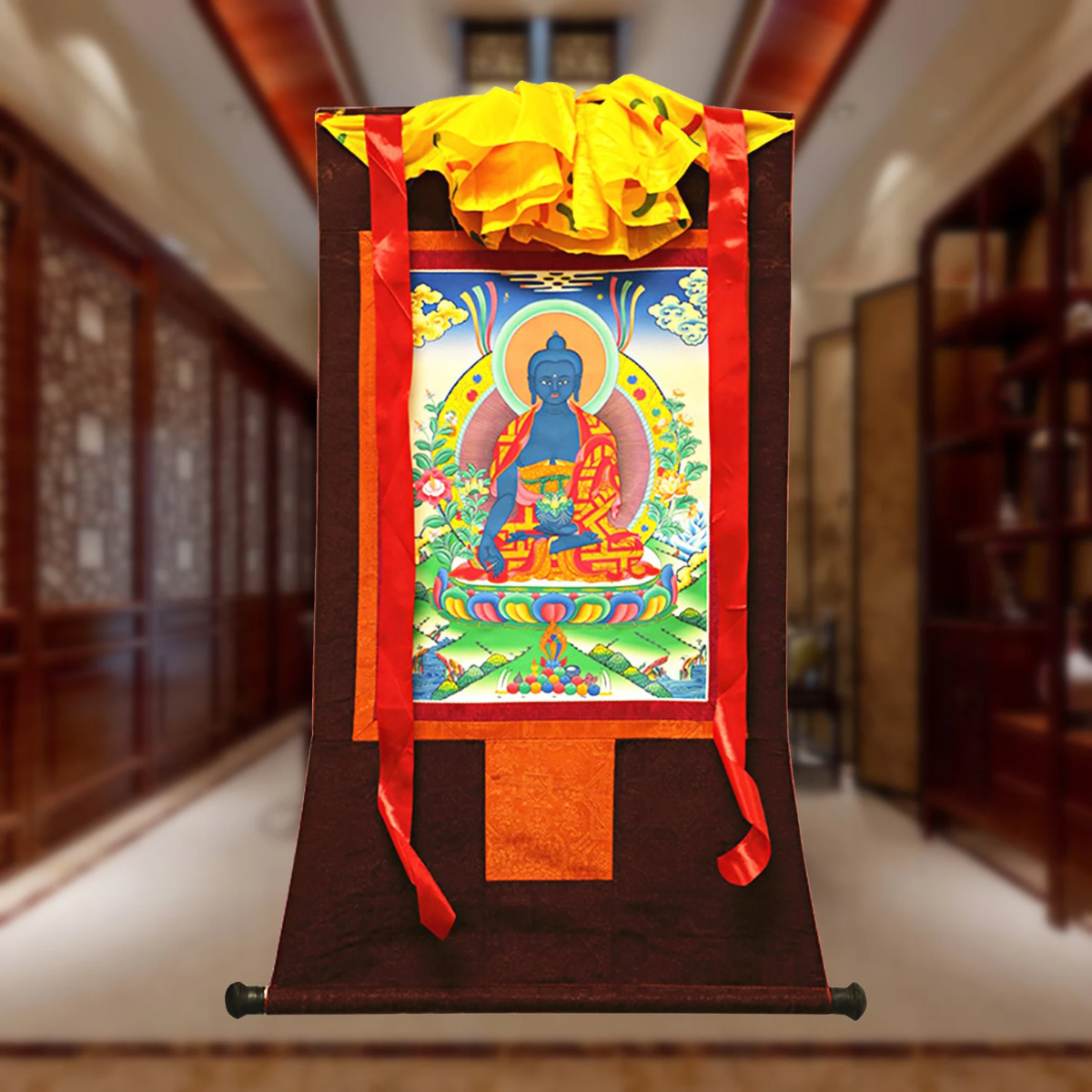
Hand Embroidery Brocade
Want to add a Brocade to your beautiful Thangka Painting? Traditional Style Brocade has been one of the most popular form of mounting as it has a greater religious merit.
Note: Make sure you have added the Thangka to your cart first.
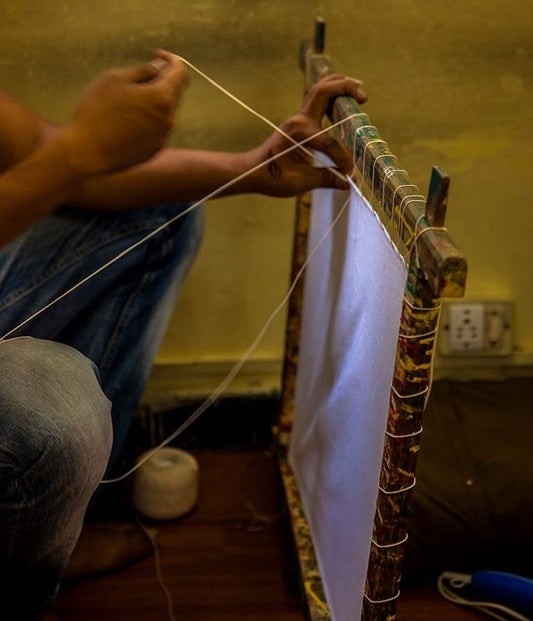
100% Cotton Canvas
Preparing the Cotton canvas before starting to paint a Thangka. This process includes washing, drying, stretching, sizing and everything needed to make a perfect base for the thangka to last for centuries.
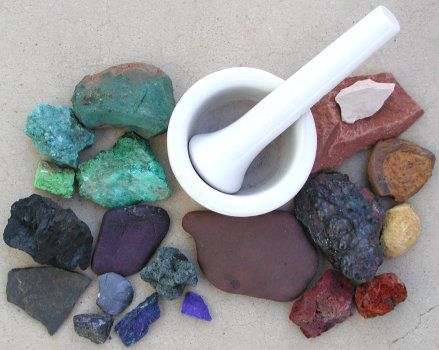
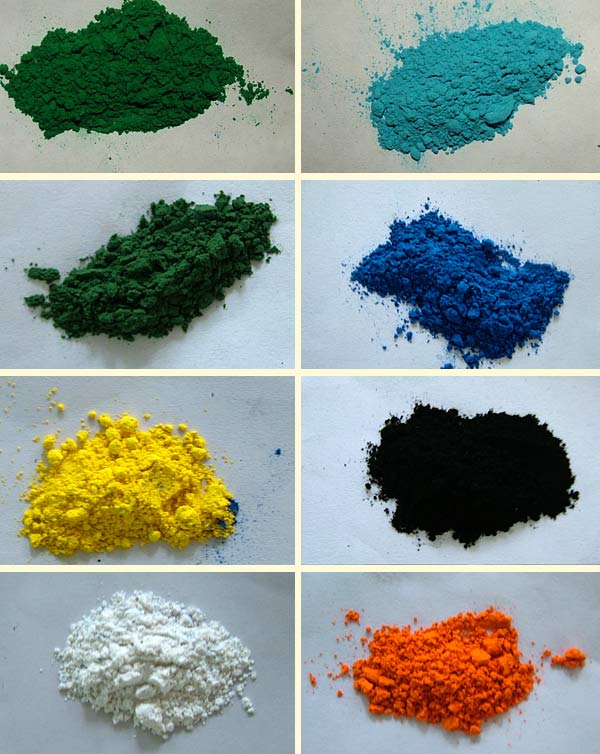
Natural Minerals
Thangka Paintings are painted using the natural minerals. These are firstly grind into the powder form and then used in the thangka as a paint.




